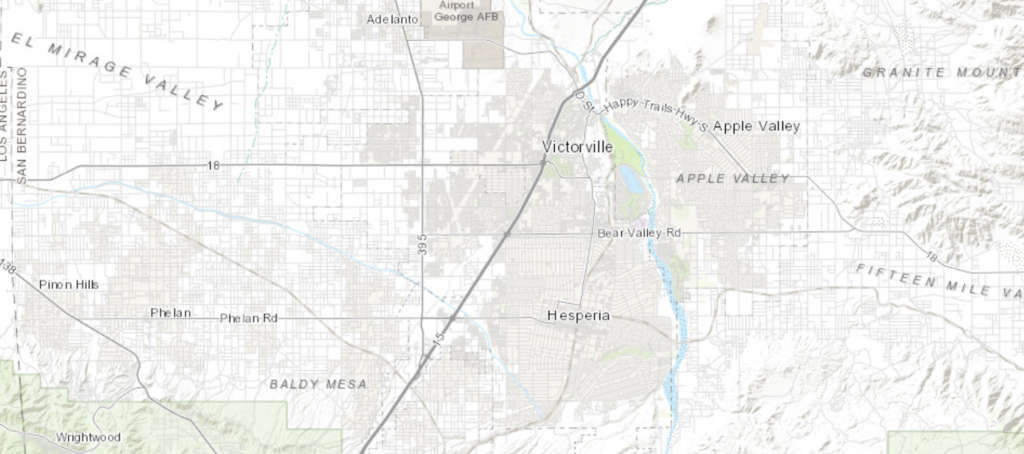News

Symba Center: A free clinic for homeless and uninsured populations of the High Desert
Published by Healthy High Desert Initiative on March 14, 2023
The Symba Center in Victorville, California provides a number of benefits for the underserved medical community in the area. Some of the ways that this clinic benefits this community include:
Providing access to medical care for those who cannot afford it: Many residents of the High Desert region struggle to afford healthcare due to high levels of poverty and limited access to insurance. Symba Center provides these individuals with access to medical care, including preventative services, diagnosis and treatment of illnesses, and referrals to specialists when needed.
Offering services to uninsured individuals: Many residents of the High Desert region do not have health insurance, either because they cannot afford it or because they are not eligible for coverage. Symba Center provides these individuals with access to medical care, regardless of their insurance status.
Reducing the burden on emergency departments: When individuals do not have access to primary care, they may seek care in emergency departments for non-emergency conditions. This can lead to overcrowding and longer wait times for those with true emergencies. Symba Center reduces the burden on emergency departments by providing care for non-emergency conditions, thereby freeing up emergency departments to focus on more serious cases.
Providing a source of care for those with chronic conditions: Many residents of the High Desert region suffer from chronic conditions such as diabetes, heart disease, and asthma. Symba Center provides ongoing care for these individuals, helping them to manage their conditions and prevent complications.
Promoting overall health and wellness: By providing access to medical care, education about healthy behaviors, and resources for improving overall health and wellness, a free clinic could help to improve the health and well-being of the underserved medical community in the High Desert region.
Overall, Symba Center is regarded as a valuable resource for the underserved medical community, helping to provide access to care, reduce the burden on emergency departments, and promote overall health and wellness.
Health Disparities of the High Desert Region
Published by Healthy High Desert Initiative on October 29, 2022.